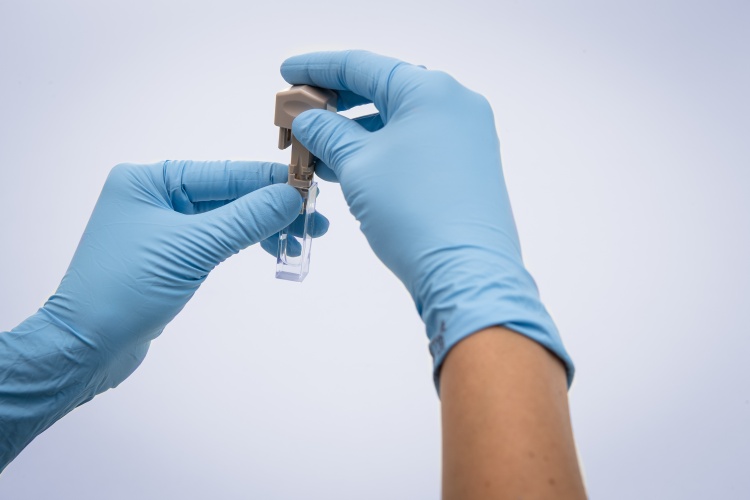Temperature-regulated nanoparticles could fight cancer
Scientists from the University of Surrey have developed self-regulating nanoparticles that get hot enough to kill cancer cells but leave healthy cells intact.

Hyperthermic therapy uses heat to attack cancer, but is difficult to administer without damaging non-cancerous tissue. To target tumours in isolation, temperatures need to be controlled between 42°C and 45°C. The researchers, from Surrey’s Advanced Technology Institute, have created Zn-Co-Cr ferrite nanoparticles that are capable of reaching 45°C but then stop heating by themselves. The work appears in the journal Nanoscale.
“This could potentially be a game changer in the way we treat people who have cancer,” said Professor Ravi Silva, head of the Advanced Technology Institute at the University of Surrey. “If we can keep cancer treatment sat at a temperature level high enough to kill the cancer, while low enough to stop harming healthy tissue, it will prevent some of the serious side effects of vital treatment.”
The nanoparticles were developed in collaboration with the Dalian University of Technology in China. When injected into the body for hyperthermic therapy, they are heated using magnetism. By engineering the Curie temperature – the point at which the materials lose their permanent magnetic properties – the temperature of the treatment can be precisely controlled. Importantly, the nanoparticles are also low in toxicity and are unlikely to cause permanent damage to the body, according to the researchers.
Register now to continue reading
Thanks for visiting The Engineer. You’ve now reached your monthly limit of news stories. Register for free to unlock unlimited access to all of our news coverage, as well as premium content including opinion, in-depth features and special reports.
Benefits of registering
-
In-depth insights and coverage of key emerging trends
-
Unrestricted access to special reports throughout the year
-
Daily technology news delivered straight to your inbox










Water Sector Talent Exodus Could Cripple The Sector
Maybe if things are essential for the running of a country and we want to pay a fair price we should be running these utilities on a not for profit...